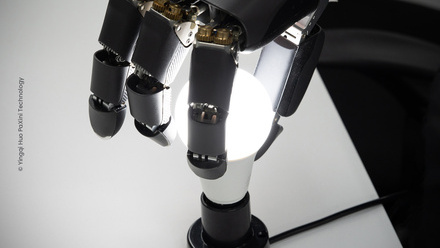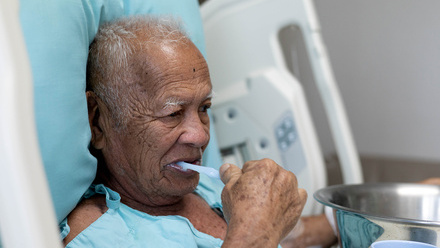A new living space
Missions such as the Artemis lunar orbit programme have highlighted the challenges of humans living and working in space. Innovative projects are aiming to make life easier and safer for astronauts by rethinking the way we create off-Earth habitats.
Space architecture research lab the Aurelia Institute has designed a dynamic modular structure made up individual flatpack tiles which assemble themselves once in orbit. The Tessellated Electromagnetic Space Structures for the Exploration of Reconfigurable, Adaptive Environments (TESSERAE) can expand and evolve throughout a mission and be reconfigured to suit changing needs.
Individual modules can be linked together and the fact it can assemble itself reduces the risks faced by astronauts working in space. TESSERAE’s aims and development are explored in an article on the architecture website Arch Daily, which also reveals the human-centred research that’s gone into its creation.
Aurelia’s Chief Design Officer, Sana Sharma, led the Astronaut Ethnography Project at MIT to find out more about the experience of working in space. The project involved interviews with astronauts and covered topics including the effects of stress and loneliness and how the crew take care of each other during missions.
The challenge of working in space is a topic that’s also been explored by the winners of our award for the best paper published in the Applied Ergonomics journal. Bernhard Weber, Simon Schätzle and Martin Stelzer looked at the impact of microgravity on performing motion tasks. You can read more about their research in the upcoming issue of our members’ magazine, The Ergonomist.






